Tales of animal species in the age of extinction
A week in the life of a wandering walrus, dolphins, elephants, condors, and bald eagles
For many of us, this year was the second year in a row that we traveled much less. And our pandemic-related immobility and increased time indoors soon led to scenes worldwide of animals regaining lost territory. Monkeys roamed the streets in Thailand, deer reclaimed European city parks, and dolphins swam in the Bosporus close to Istanbul. I particularly remember the pictures of goats taking over the main street in a town in Wales.
In this newsletter, we count down the last 52 days of the year and take each day to look at one week. Today, I looked at the news of Week 12, which was 22 to 28 March. It was a week full of animal news, often the "lost and found" kind of news.
Walrus
An animal that did travel while we didn't was Wally. Nobody is sure where this walrus came from, most likely eastern Greenland of Svalbard. But suddenly, this estimated four-year-old male popped up on the Irish shore, on the rocks County Kelly. Then, in Week 12, newspapers reported his arrival on the Welsh coast, which means he had traveled some 450km (280 miles) in six days.
Wally became a celebrity after swimming a grand European tour that included France and Spain during the summer months before returning to Ireland. Then, in September, Wally fans were delighted to learn that his extended summer holiday seemed to end when he arrived in Iceland, a place more suitable for a walrus.
Endangered elephants
Elephants got worldwide attention in Week 12 when IUCN announced that it now lists the African elephant as two separate species. But before you think that we gained one species, the story turns grimmer. Both species are on the "red list" of the International Union for the Conservation of Nature. The Savanna Elephant, the big ones with ears in the shape of its continent, is listed as "endangered"; its numbers fell by about 60 percent in the last 50 years. The smaller Forest Elephant is listed as "critically endangered" after a devastating decline of 86% in the past 31 years.
Dolphins in New York City
In the same Week 12 of this year, there was positive news from New York City. Three dolphins judged the water in the once badly polluted East River now clean enough to honor the city with a visit. With the Manhattan skyscrapers in the background, a video of their visit became a hit on Twitter and television.
Return of the condor
There was also good news about the condor. This magnificent bird that once roamed the skies between British Columbia and Mexico had nearly died out in the wild in 1980 when only 22 remained. But after reintroducing the condor in central and south California, the numbers started to increase, and there are now an estimated 300 condors in areas between Baja California and Utah. Their return is vital for the ecosystems of the American West. In the absence of large carnivores such as grizzly bears and wolves, condors are essential for removing large, decaying carcasses from the ecosystem. They can tear tough hides to open large carcasses and make them accessible to other scavengers such as turkey vultures, ravens, raccoons, skunks, and foxes.
The next step is to reintroduce the species in Northern California, an initiative of the Yurok Tribe that the US Fish and Wildlife Service has approved. The program will start with captive breeding, but likely four condors will be released in the Redwood national park in spring next year. The Yurok Tribe sees the returning of the California condor to the Pacific Northwest as part of the tribe's obligation to heal the world. In addition, Yurok people consider the condor a sacred animal; it has been spiritually tied to Yurok ceremonies since the beginning of the world.
Strong growth in the number of American bald eagles
More positive news about birdlife in the United States: The number of American bald eagles has quadrupled in just 12 years. The US Fish and Wildlife Service reported this in Week 12 and added that their numbers have grown above 300,000 birds. It is a success for the federal conservation efforts and protections, such as banning the pesticide DDT. I recognize this trend from the Netherlands, where the same measures have led to a remarkable comeback of hunting bird species.
Meanwhile in Ottawa
And in Week 12, I wrote in The Planet:
I hope you enjoyed reading a bit of the history of this newsletter, you have likely been on this journey for a while but I believe not many people had ever read my very first post until now.
Most people skip this part, but please, read this too. This newsletter is an independent production, and support from those who can afford it makes this independent newsletter available to all.
If you are a paying subscriber: thank you for your support!
If you are not, please consider supporting this initiative by taking a paid subscription.
If the cost of this newsletter ($6/month, $60/year) would create any financial strain, please stay on the free list; I value all readers.
Notes
http://www.yuroktribe.nsn.us/departments/selfgovern/wildlife_program/condor/condorproject.htm
https://www.cnn.com/2020/05/01/world/gallery/animals-coronavirus-trnd/index.html
https://www.fws.gov/migratorybirds/pdf/management/bald-eagle-population-size-2020.pdf
Walrus in Wich Harbour Scotland by richardpics on Pixabay
Condor: photo by Jean Vella on Unsplash
Elephants pixabay
Bald eagle: Mathias Appel, CC0, via Wikimedia Commons





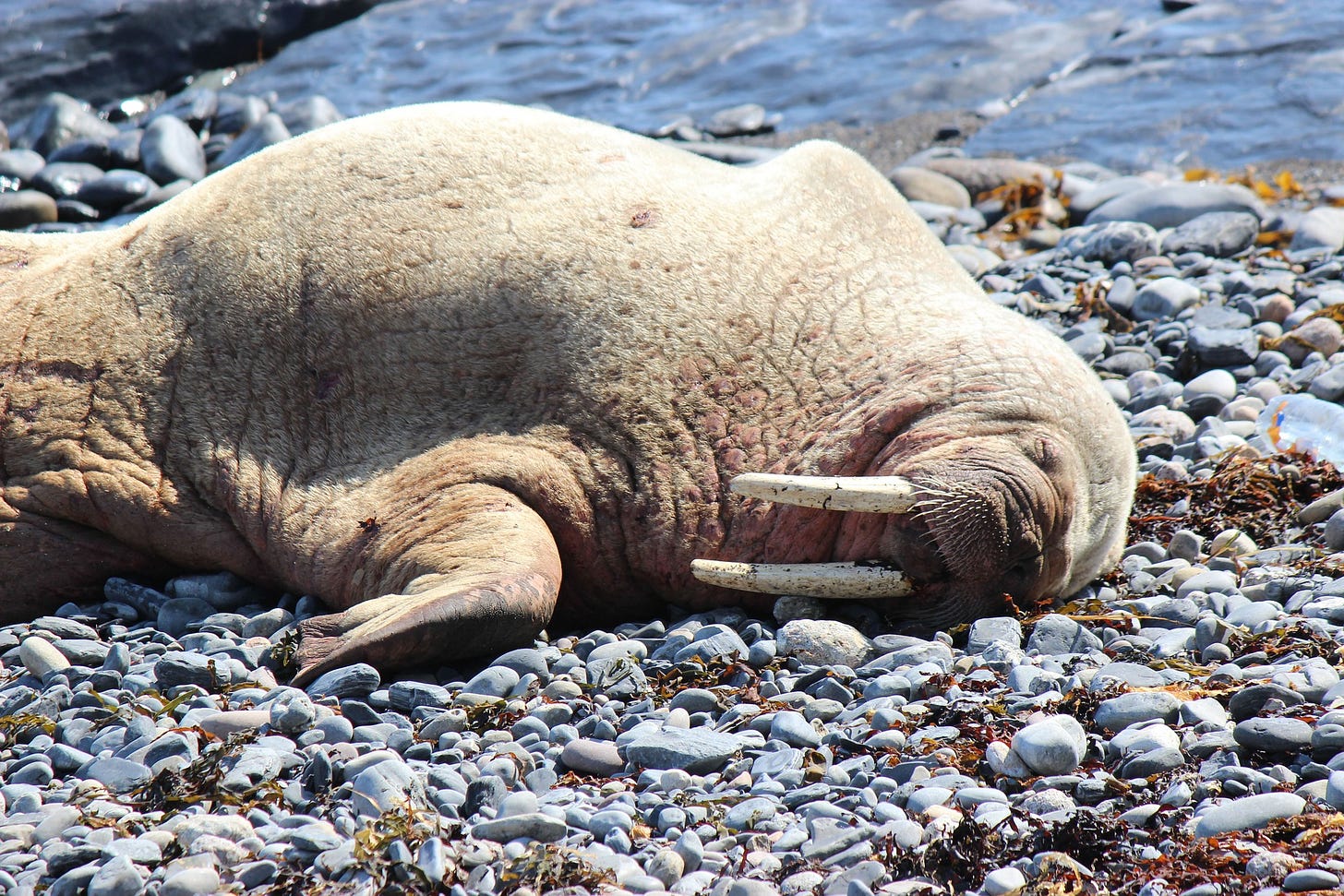
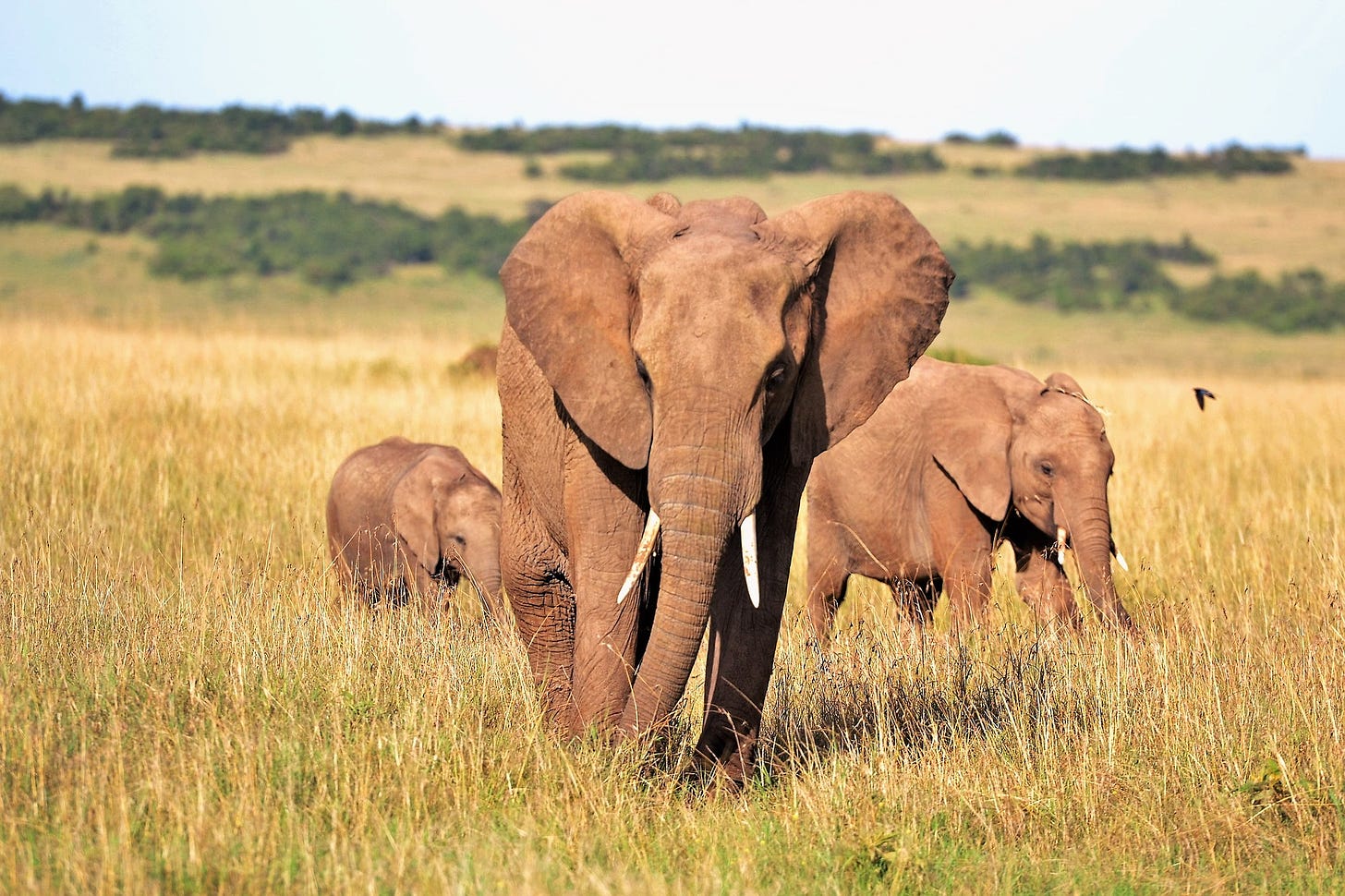

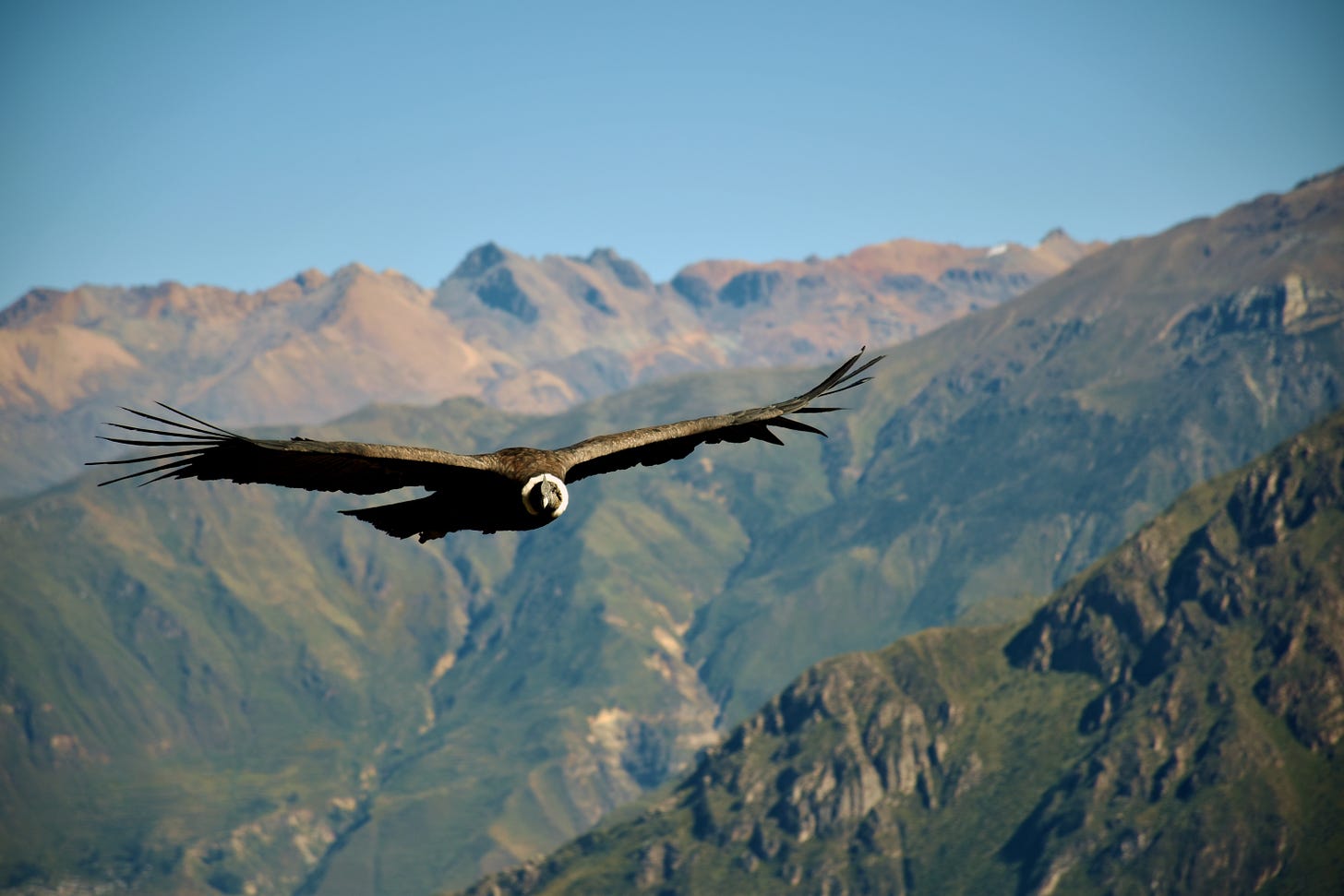
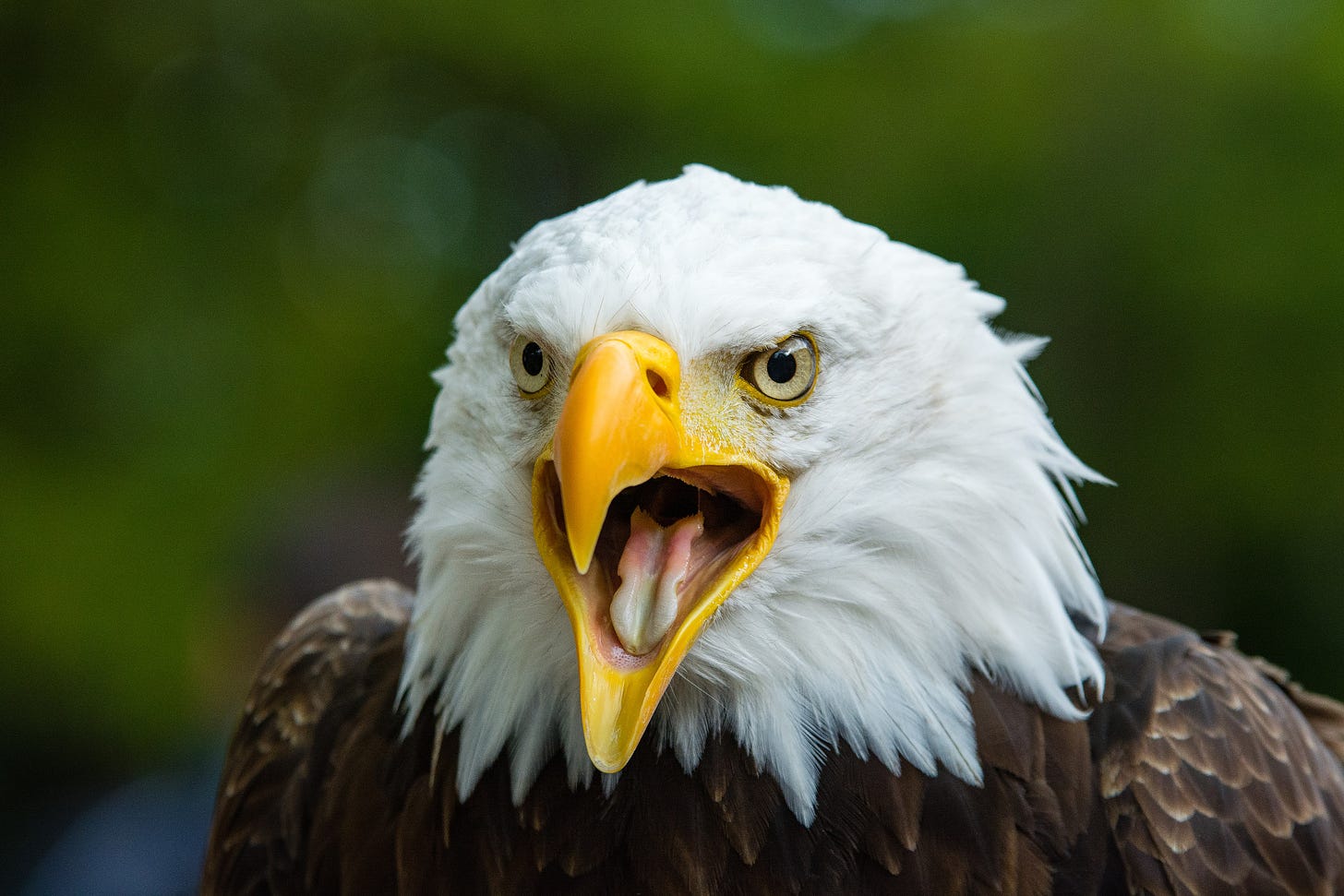
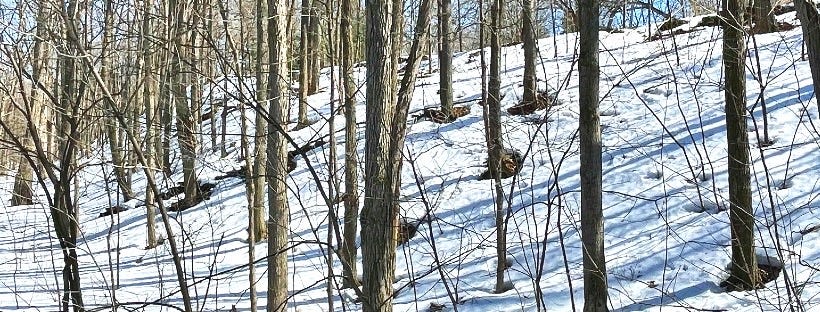
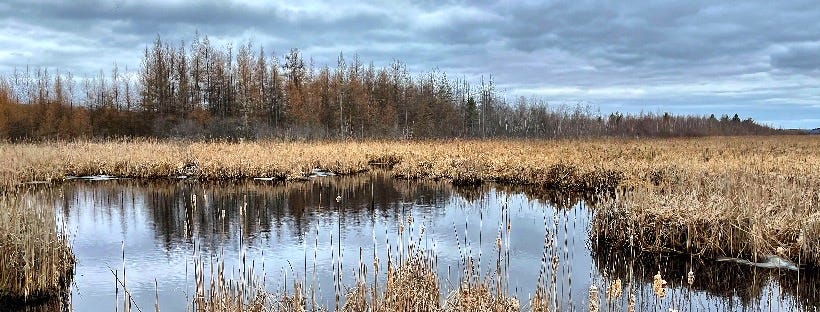
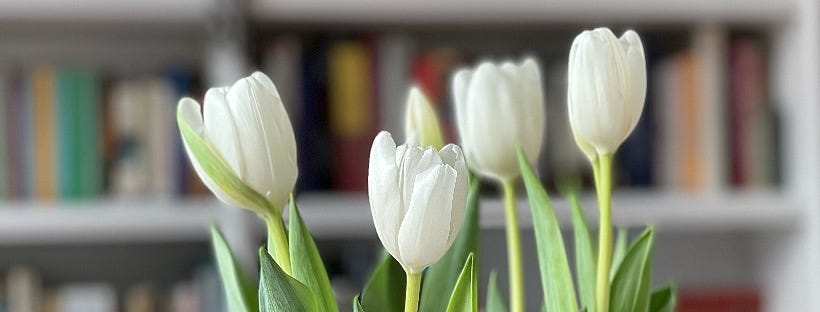
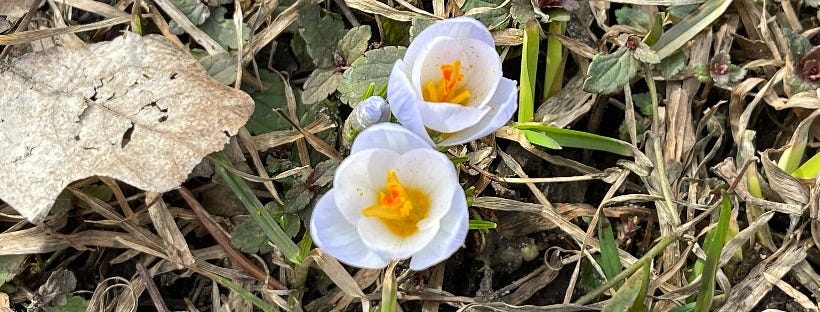


Another very interesting article exploring nature & species. Wandering Wally, sad, sad elephant news, dolphins swimming in The City, good news for American bald eagles (although the country it represents can’t say the same) & hopeful news for the California Condor. A couple weeks ago I read a very interesting article that may give that species even more hope. It’s recently been found they can reproduce asexually, one of few known species that can. (https://www.npr.org/2021/10/31/1050919647/female-california-condors-reproduce-without-males-for-the-first-time)
Wonderful photos & videos including a link to the arrival of Lord & Countess Minto in Canada. So glad you included the reference to that earlier article. It was wonderful & the archival footage is a treasure. Imagine their reaction to their new home country! I also like the peatlands photo, It reminds of your excellent Easter article, Early morning in the peatlands of Mer Bleue. The tulips are always beautiful & special.
I really enjoyed reading this at 5 in the morning. Love animal story, especially the encouraging ones. I also like revisiting your newsletters, there's always something I missed. What a treat!
In late June I was way up high in the Alps (they had just opened the Grimsel Pass) and I saw that the snow had melted around the trees just like in a picture you'd shared. See, I'm totally learning stuff. It makes sense, but I had never really thought about it or noticed it before.
Those peatlands go on my list and loving the flowers. Crocuses are called Krokussli in Swiss German. Just like the Dutch, we do like our diminutives ;-)